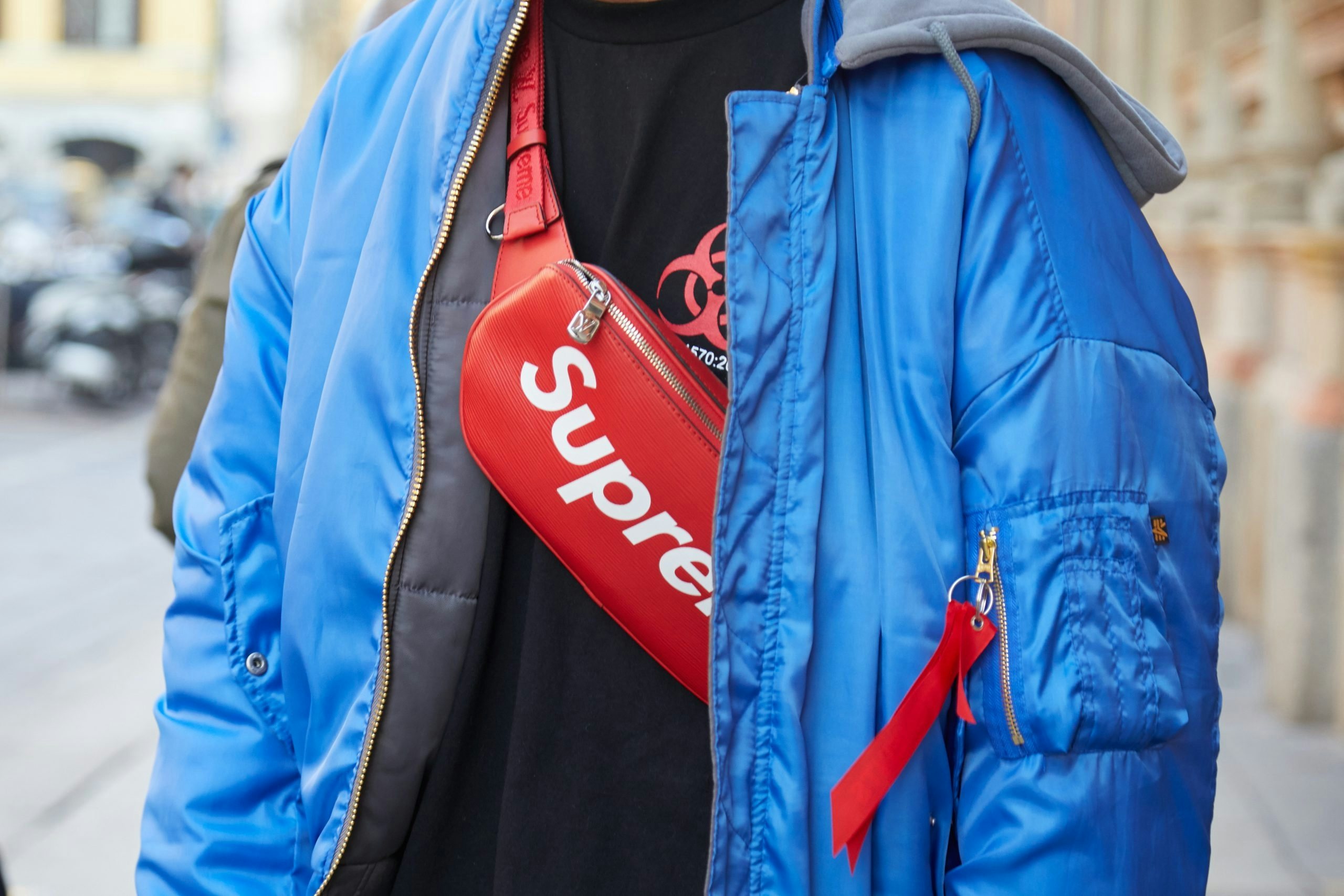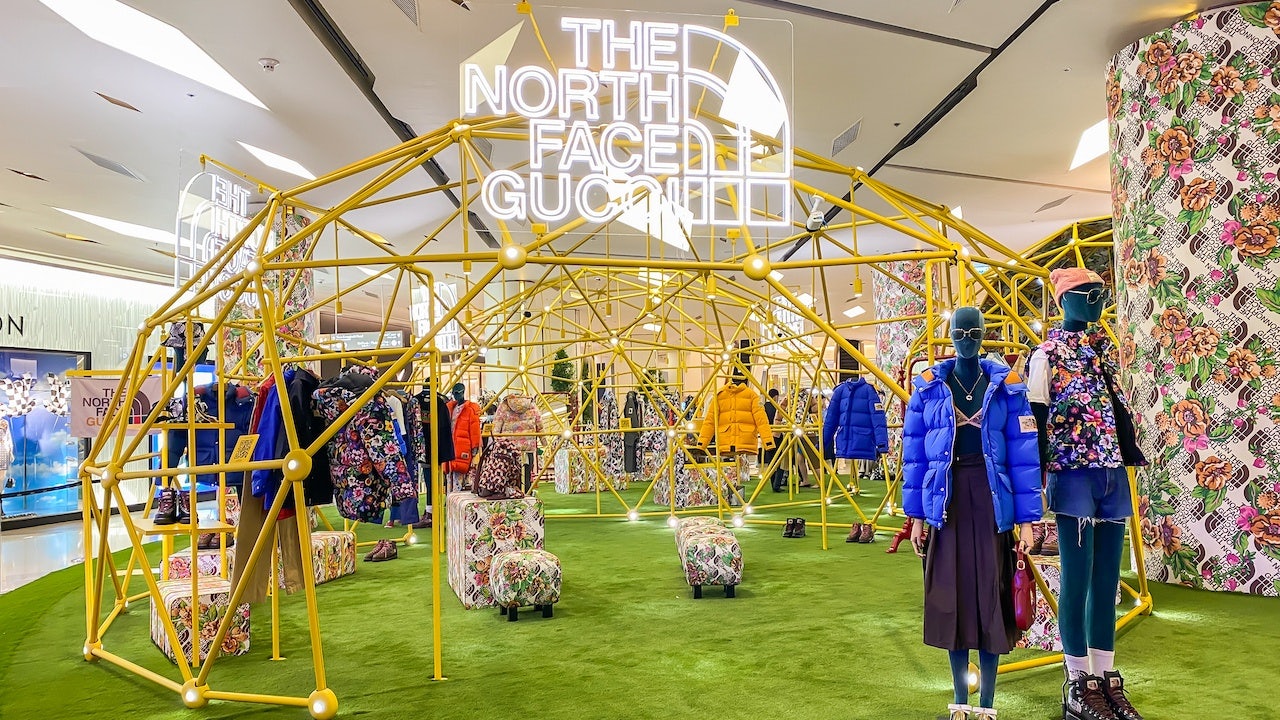Sustainability is no longer a niche concern for only the most environmentally conscious consumers. It is top of mind for millions of shoppers worldwide, who now demand far more transparency and green credentials from the brands they choose to buy.
This is becoming particularly crucial in markets like the People’s Republic of China (PRC) that are not traditionally associated with environmental activism. Today, a rising number of affluent Chinese consumers simply prefer sustainability-minded brands and products to a greater extent than their counterparts in other countries. According to PwC’s Global Consumer Insights Pulse Survey in June 2022, 34 percent of Chinese consumers “often” or “always” agree that the environmental actions of a particular company influence purchase behavior, compared to 29 percent in the United States.
This means the door is open in China for fashion, luxury, and lifestyle brands and groups that clearly communicate their sustainability efforts and credentials. One such company is VF Corporation, the owner of a portfolio of global brands that include Supreme, The North Face, and Vans.
Recently, Jing Daily caught up with VF Corporation to learn more about the company’s sustainability efforts and how they apply in the ever-changing China market. (A full version of this excerpted interview will appear in Jing Daily’s forthcoming report on sustainability. Email us to pre-order your copy.)

What are some of the key sustainability efforts VF Corporation is undertaking on a global level, and how have those developed over the past few years?#
We continue to make progress toward our Science-Based Targets (SBTs) by advancing numerous sustainability efforts across the enterprise. When we developed our initial greenhouse gas (GHG) inventory and published our SBTs in 2019, we found that 70 percent of our impacts are a result of raw material extraction, processing and production. Therefore, focusing on raw materials and factory operations represent a significant opportunity to lessen our environmental impact and is a critical lever to meet our Scope 3 Science-Based Target of a 30 percent reduction by 2030 from a 2017 baseline.
To guide our efforts, we set a Sustainable Materials Vision: Our top nine materials shall originate from regenerative, responsibly sourced renewable or recycled sources by 2030. Regenerative agriculture has become an increasingly important initiative. We have invested in various pilot projects over the last few years, covering several materials including wool, cotton, leather, rubber and sugarcane.
These pilots are truly global, spanning Thailand, New Zealand, India, Haiti, the United States and most recently even Turkey and Portugal, among other countries. It is exciting to see our brands work together to learn more about this space, begin to incorporate regenerative-sourced materials into our products and help scale this important work across our industry and beyond.
What have been some of your biggest successes in the China market in recent years?#
At VF, more than 2,000 associates work together in China to create products with less environmental impact, driven by their deep commitment to the betterment of people and the planet. The Apparel Impact Institute (AII) and VF partnered to implement the Clean by Design (CbD) Top 10 Best Practices program to create positive environmental impacts across their operations.
Through this effort, VF's strategic Tier 1 and Tier 2 suppliers can improve resource efficiencies, including energy, water, wastes and emissions reductions in their facilities while saving costs simply by implementing those operational and environmental efficiencies identified by aII technical industry experts.

Are you noticing a shift in the importance Chinese consumers place on brand sustainability and transparency? Is this something you see across your portfolio?#
We are noticing a definite shift towards sustainability in the China market, especially since the beginning of the pandemic. A 2021 Accenture report on Chinese consumer trends reveals that post-COVID-19, Chinese consumers care a lot more about their physical health and have a greater desire to pursue healthier lifestyles. This is evident by the increasing popularity of The North Face in China, offering products that enable consumers to take up new outdoor hobbies including sports, camping, climbing and other health and wellness pursuits.
Although there is a sustainability consideration involved in purchasing decisions, price, quality and convenience are still the top three purchasing factors for Chinese consumers, according to the report. Therefore, it is important to balance sustainability with these key attributes.
In addition, Chinese consumers are also starting to value transparency and traceability. According to PwC’s 2021 Global Consumer Insights Survey, 74 percent of Chinese retail consumers tend to choose brands with traceable sources and transparent origin, while the proportion of global consumers is only 56 per cent. Creating our products in an ethical and sustainable manner is integral to VF’s business strategy.
Through a comprehensive process that traces key individual raw materials to the final product, we aim to give our consumers confidence in the origins of our products and continually strive to achieve full traceability from raw material to retail.

